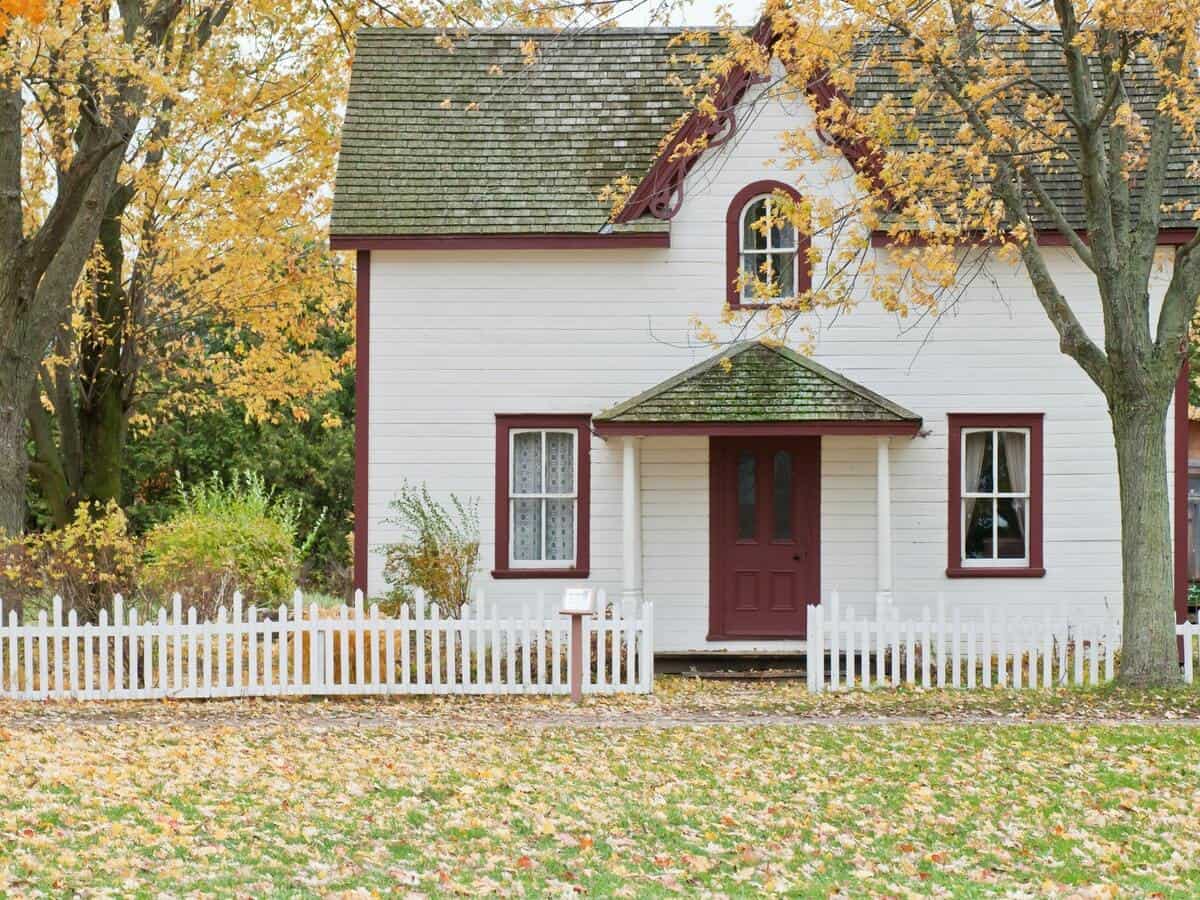According to HomeInsurance.com LLC, only one home in three carries enough insurance to rebuild and replace their home and furnishings after a disaster. A home insurance cost calculator helps you weigh the risk factors in your area against the value of your home to compare insurance rates. The original purchase price, the amount of insurance you decide to carry, your credit history, and even your choice of provider all determine your annual premium.
Factors That Help Insurance Companies Calculate Home Insurance Cost
Location, location, location: you hear it all the time because it’s true! This is important to know when trying to create a home insurance cost calculator. Where you live determines the risks you face. In Arizona, wind damage causes the biggest headaches. Flooding occurs less often but still causes devastation. In Texas, Georgia, and North Carolina, tornadoes, wildfires, hailstorms, and floods cause damage year-round.
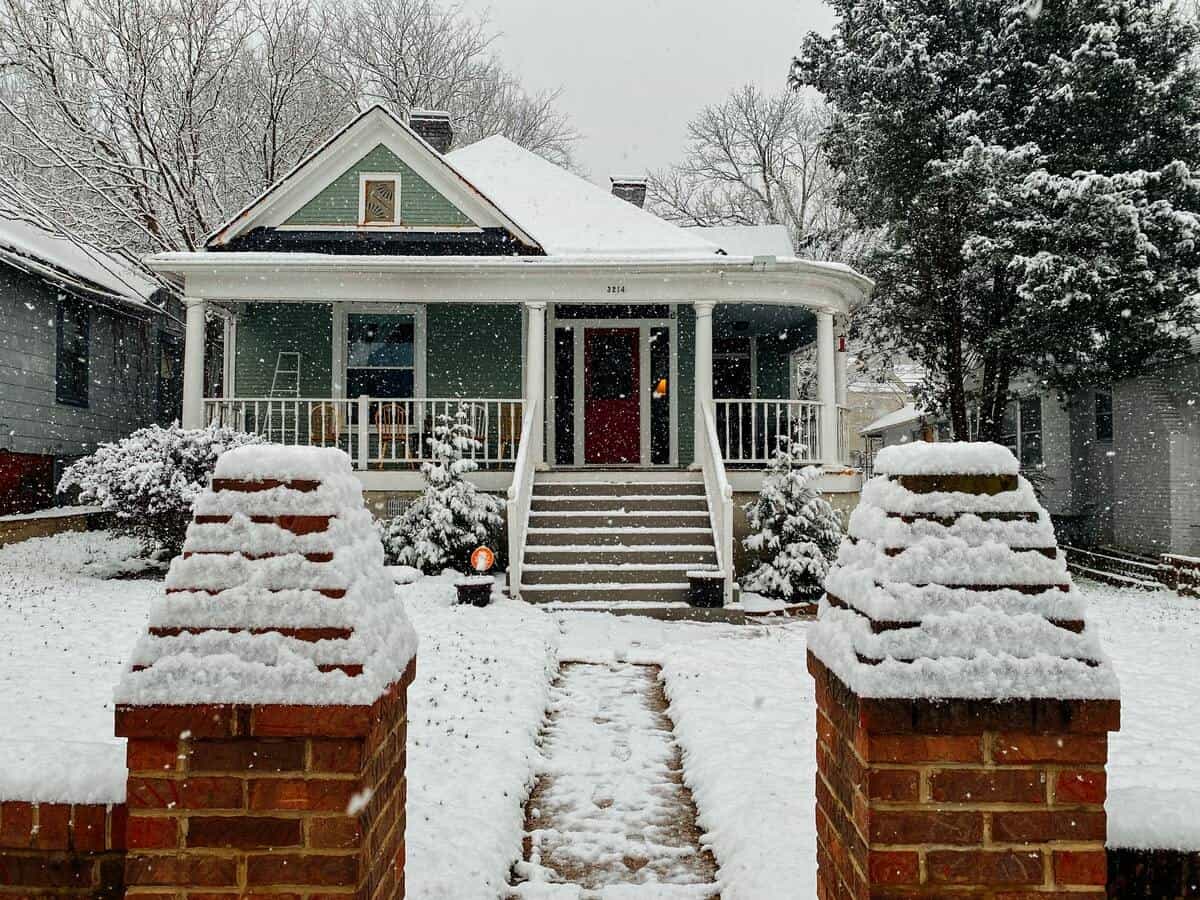
Geographic Location
Crime Rates
Crime rates vary by neighborhood, and property crimes tend to occur more often in communities with big-ticket, easily moved items such as motorcycles, trailers, and other leisure equipment. On the other hand, vandalism occurs more frequently in older, less affluent areas where homeowners lack the funds to repair or maintain their property. Installing motion detector lighting, security systems, and doorbell cameras deters crime and lower your insurance rates.
Weather-related risks
- Fire
- Flood
- Mining, Fracking, and Sinkholes
- Earthquake
- Wind and Hail
Fire Risk Factors
Fire risk factors include your home’s proximity to a fire station, fire hydrant availability in your neighborhood, and any fire resistance measures included in your home. Examples of fire resistance measures include roof sprinkler systems, smoke detectors on every floor, fire extinguishers, and unobstructed means of egress.
Means of egress include doors that open directly to the outside and windows large enough for a firefighter carrying complete equipment. In addition, multi-story buildings need fire escapes and stairways leading outside. Some structures may also include tunnels and permanently mounted ladders.
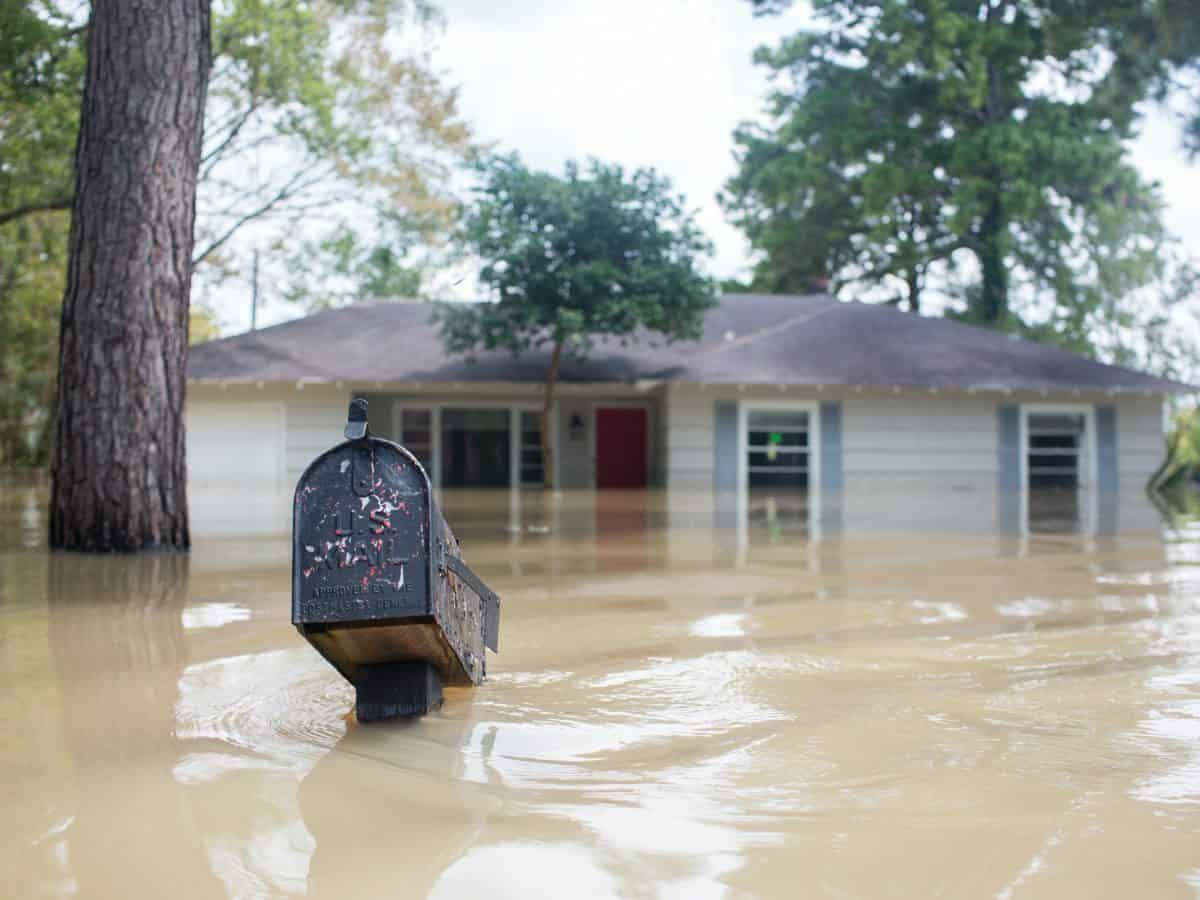
Flood Risks
Greater flood risk also results in higher premiums. For example, in Georgia in 2009, 500-year floods killed ten people, wreaked $500 million in damages to 20,000 homes and businesses, affecting 23 counties, including the Atlanta metro area.
When Hurricane Harvey flooded Texas in 2017, it caused $125 million in damage while dumping a year’s worth of rain in a single week. The city of Houston sank an inch lower due to the sheer weight of the floodwaters.
In recent years, wildfires near Flagstaff and Globe, coupled with double the usual amount of rain, resulted in at least four deaths during the 2021 monsoon season in Arizona.
Mining and Fracking
Human activity such as mining and fracking causes tremors and sinkholes in Arizona, Georgia, North Carolina, and Texas. Mining creates sinkholes, and fracking can cause minor tremors, shaking foundations but rarely collapsing buildings. ONIT Home will help determine your area’s earthquake and sinkhole risk.
Wind and Hail
All four states have high wind and hail damage risks, especially Texas and Arizona. In both conditions, high-speed, straight-line winds between 60 and 70 miles per hour can tear siding and shingles off buildings or knock mobile homes off unsecured piers or slabs. In addition, 71 to 80 mile-an-hour winds can damage roofs, while speeds above 90 will destroy mobile homes, anchored or not.
Financial Factors in the Rough Estimate of Your Annual Premium
- Purchase price of your home
- Your credit history
- Amount of coverage
- Deductible
Private mortgage insurance protects your lender, not your home, making home insurance a necessity. Your insurance agents at ONIT Home will use the purchase price of your home, its current market value, and your credit history to help determine the ideal coverage for your home and belongings. Setting a high deductible lowers your premium, but you could find yourself left hanging if damages fall below that amount.
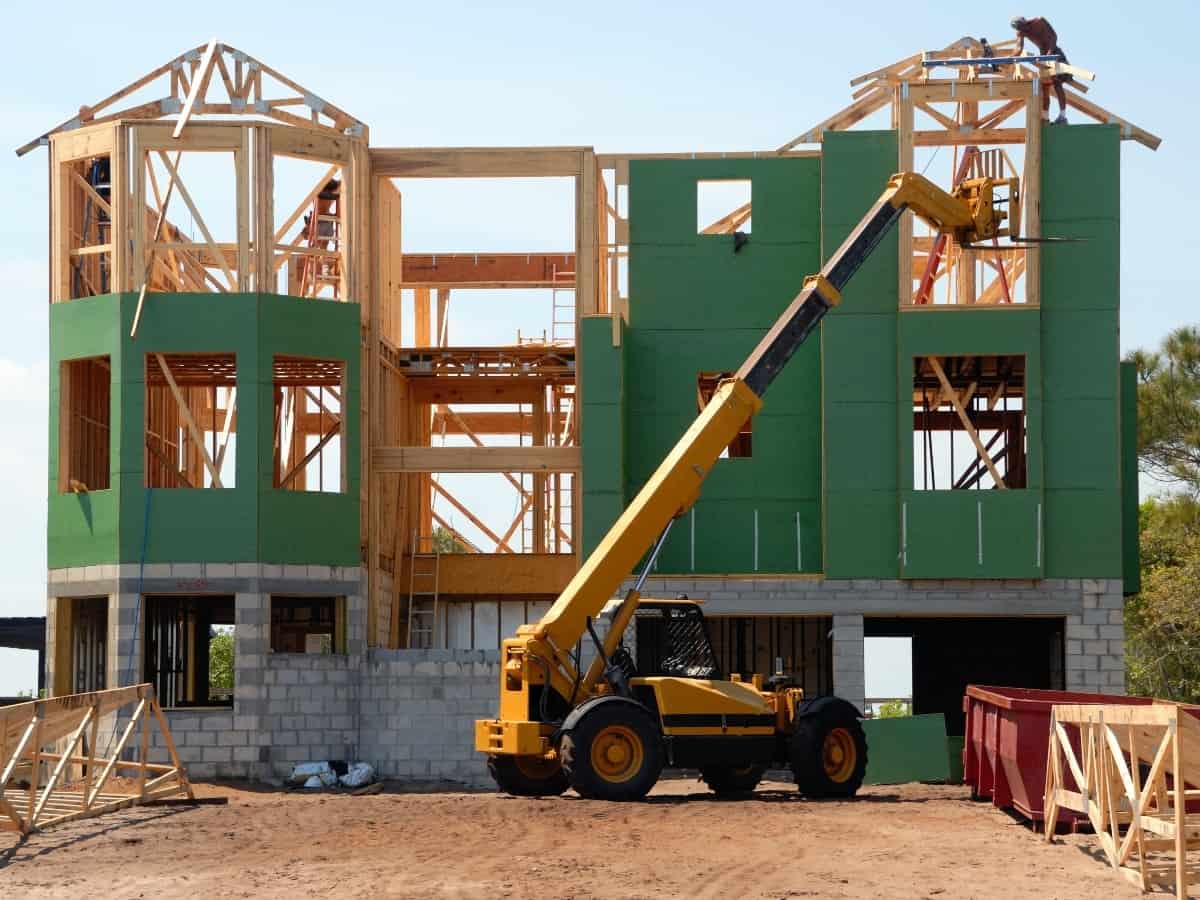
Cost to Rebuild
- Age and condition of the home
- Roof condition
- Construction quality
- Square footage
- Special features
The age and condition of your home, especially of the roof, tell your insurance company what risks you might encounter. For example, homes built before 1978 often used lead paint. In addition, furnaces, boilers, and hot water tanks installed before 1975 contain asbestos. These health hazards could lead to someone claiming your home caused lead poisoning or lung cancer.
Using stucco surfaces and metal or tile roofing materials increases fire resistance. In addition, placing garages and sheds far enough from your home and any neighboring structures reduces the spread of fires.
The square footage of your home affects your rebuilding costs dramatically. Whereas your home might have a grandfather clause due to its age, rebuilding often requires bringing the dwelling up to codes. In addition, even grandfathered buildings may require electrical or HVAC upgrades due to intended use and personal comfort.
If your property includes a pool, play pod, trampoline, or tree house, insurance companies consider them to be attractive nuisances. As such, your property may require additional safety features. For example, your insurance company may demand pool fences, safety nets, and soft surfaces to prevent injuries from falls before underwriting your home insurance policy.
Choice of Provider
Insurance companies vary in cost and coverage. ONIT Home will assist you by comparing rates from as many insurers licensed in your state as possible. According to Bankrate, as of October 12, 2021, home insurance in Arizona costs $1,189 per year, with a monthly payment of $99. In comparison, insurance costs $1,376 per year or $115 per month in Georgia, $1,295 in North Carolina, and $1,863 or $155 in Texas.
Discounts
- Loyalty
- Retiree
- New home
- Homebuyer
- Home renovation improvements to plumbing, heating, cooling, and electrical systems
- Security systems
- Paperless policy for digital documents and bills
- Paid-in-full discounts
The longer you stick with your insurance company, the greater the loyalty discount they may offer, so ask about this discount each time you renew your policy. Additionally, retirees often qualify for up to 10 percent off their premiums.
New homes often qualify for safety-related discounts due to meeting current building codes. On the other hand, retrofitting your home’s plumbing and HVAC system and upgrading your wiring can reduce insurance payments. Additionally, being a recent home buyer, owning multiple properties, or opting to bundle your insurance helps lower your annual insurance costs.
Finally, paperless billing and digital documents create small savings. However, the most significant savings stem from paid-in-full discounts: paying your entire annual premium at the beginning of each policy year.
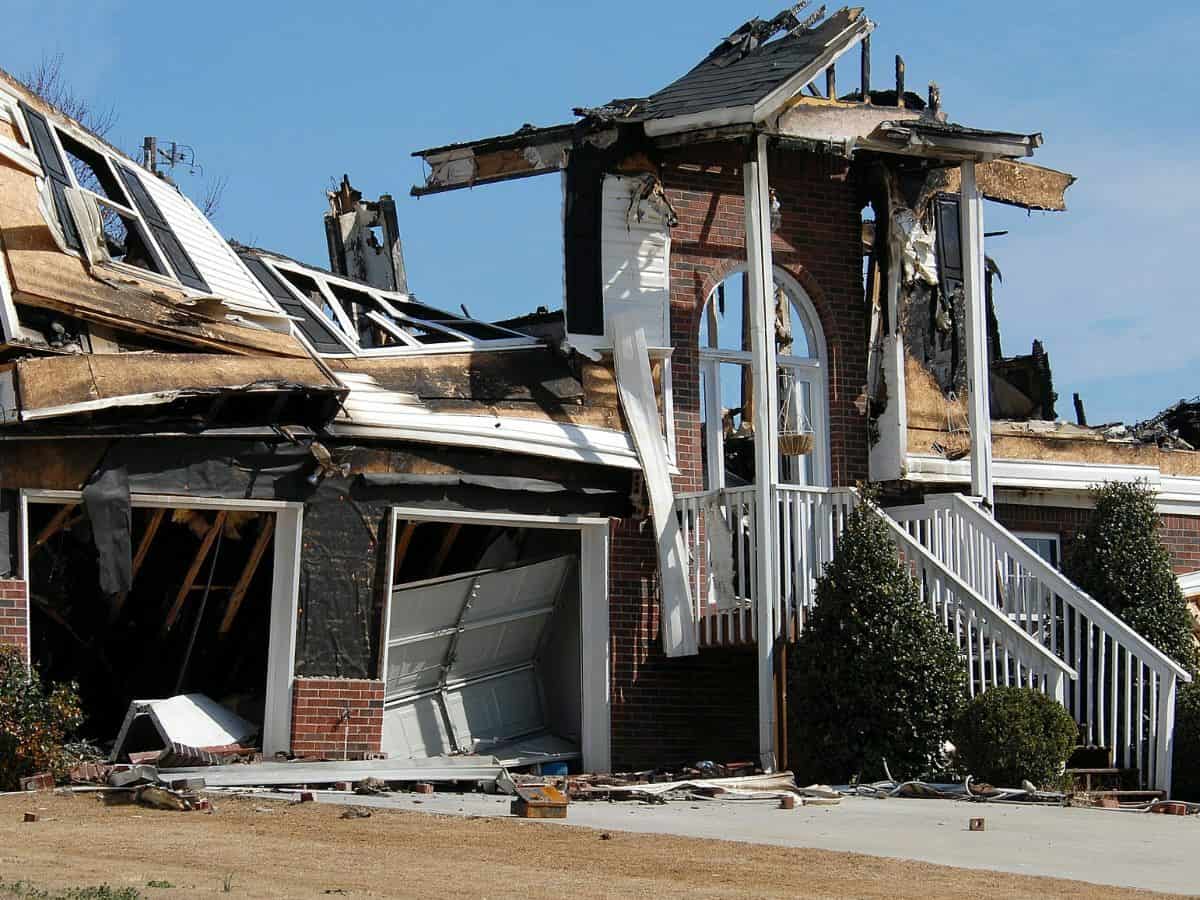
Essential Insurance Coverage Types
- Dwelling
- Other structures
- Personal property
- Liability
- Medical
- Home Equity Value
- Loss of use
Dwelling and other structures insurance covers damage to your home, sheds, garages, or outbuildings. Personal property insurance covers the items in your home such as clothing, jewelry, electronics, office gear, computers, paintings, and family photos.
Liability and medical policies cover you in case someone suffers an injury on your property. In addition, home equity insurance protects you from financial loss if your home’s market value drops below its resale value.
Loss of use coverage pays for motel stays, meals, and miscellaneous expenses while you cannot live in your home due to damage, renovation, or rebuilding. As one of the most neglected coverages, ONIT Home will discuss options and make sure you have this coverage written into your policy if you want it.
Information Needed to Provide an Accurate Quote
Provide your name, the address of the property you wish to insure, and your phone number so that we can prepare your comparison quotes. We will also need the year built, square footage, and any special features of the home. These features include fireplaces, pools, outbuildings, garages, solar panels, or other amenities not found at neighboring properties.
Why Bundle Home and Auto Insurance?
Remember that loyalty discount we discussed earlier? Bundling home and auto policies helps you lower costs because you have multiple products with the same company. Add an RV, motorcycle, or boat policy for even more savings. For example, the more vehicle policies you bundle with your home insurance, the larger your discount becomes. Having all your policies bundled makes it easier to remember where your payments go. If you have to make a claim, you know how to reach the insurance adjuster.




